
Have you ever felt like you’re all set to start your career as a life coach, but your efforts seem to go nowhere?
You participate in training programs, enhance your skills, get your certificate of completion, and jump-start your business, but after everything, all you have are initial consultations or worse - not getting a call-back from your dream clients.
Gaining clients will grow your coaching business, but attracting the right client or your dream client elevates your coaching abilities and secures your business’ success.
Sure, gaining clients will grow your coaching business, but attracting the right client or your dream client elevates your coaching abilities and secures your business’ success.
But how and where do you start? As the captain of your ship, you can set your sail and follow what others have been doing, or you can change your direction and create your own path.
Now here’s the good part; to help solve your problem, I can reveal the secrets about how I was able to attract my dream client after more than a decade of practice.
Let me share proven ways for you to attract your dream client starting today.
#1 Perform a self-check
Your goal of drawing in your dream client will be much faster than you expect when you start with the basics, and that’s through an honest assessment of yourself – abilities, beliefs, and purpose.
Remember the “Start with Why” TED talk by Simon Sinek and his discovery of the Golden Circle? To achieve success like Apple, Martin Luther King, and the Wright Brothers, you must dig deeper to understand why you do what you do.
Your “why” is not simply to make money or travel but to know your real purpose or why you or your coaching business exists.
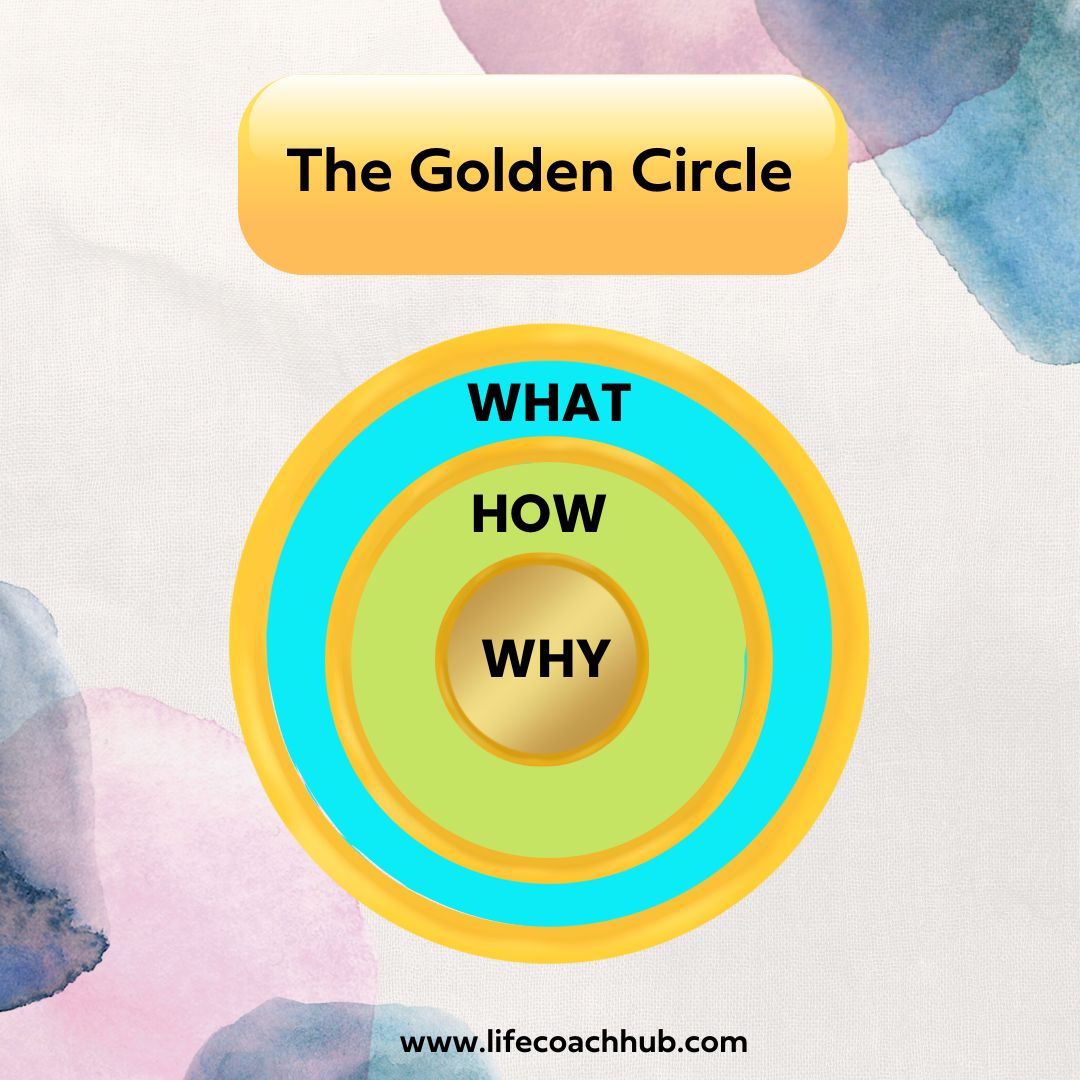
Your “why” is not simply to make money or travel but to know your real purpose or why you or your coaching business exists. Sinek also suggests doing your assessment inside-out because “People don’t buy what you do. They buy why you do it.”

Once you’ve realized your purpose, you can now progress to the higher order, and that next step is knowing who you want to serve.
#2 Determine who you want to help
If I had an hour to solve a problem and my life depended on the solution, I would spend the first 55 minutes determining the proper question to ask, for once I know the proper question, I could solve the problem in less than five minutes.
- Albert Einstein
While creating your business, you might have formed a mental image of your dream client in the back of your mind. Now let’s refine your imagination and try to come up with a definite description of who they are.
Start by identifying a niche using your dream client’s demographic profile through their age group, gender, type of work, education, social status, and income range. Doing market research is still one of the most effective ways to understand your market. Through a market survey, you can check whether your life coaching services fill a specific gap or need and if you are targeting the right clients. The survey data also helps to modify your approach to capture your dream client.
To get to know your target clients better and understand their needs, wants, pain points, and goals, you can also perform qualitative studies through interviews or focus group discussions.
As Albert Einstein advises, “If I had an hour to solve a problem and my life depended on the solution, I would spend the first 55 minutes determining the proper question to ask, for once I know the proper question, I could solve the problem in less than five minutes.”
Here are some vital questions you can consider asking your dream client:
- What are your main goals and desires?
- What are your top 3 major challenges?
- What is your most pressing pain point, worry, or fear currently?
- What do you want to achieve?
- How can I help?
The key here is to ask the right powerful questions to know your dream client on a deeper level. Allow them to talk freely and pour their heart out. Then, you have to match their needs, wants, pain points, and goals to what you can offer to satisfy or relieve them of their struggles, worries, or fears.

Try to get as much information from your prospect as possible without being too intrusive and emphasize that your goal is to help them overcome their challenges. When you ask engaging questions, barriers are slowly removed, and a meaningful conversation arises.
#3 Equip yourself
“Knowing others is intelligence. Knowing yourself is true wisdom. Mastering others is strength. Mastering yourself is true power.” - Lao Tzu

Achieve mastery
In any profession, getting a degree or certificate can only propel your career to a certain extent, much more than being a life coach. You must develop your skills and broaden your knowledge while continuously improving your craft.
Remember that your clients expect you to be good at what you do. However, achieving mastery in your field of expertise boosts your game to be excellent and can also captivate great prospects letting you land your dream client.

There are several ways to sharpen your skills, but it all boils down to your willingness and determination to level up from good to great.
Reading still proves to be the best habit, may it be for beginners or even game changers like Elon Musk and Tony Robbins, who acknowledge how reading enhanced their perspective and shaped their thinking that led them to where they are now. Musk revealed how he started reading science books at 9 years old, which ignited his interest in building rockets. Robbins admitted to how reading became his “escape” from the reality of living with a family that curbed confidence. This escape eventually became an obsession, allowing him to read 700 books about psychology and physiology in 7 years.
Now, imagine how setting aside at least one hour per day regularly can make you an expert in 3-5 years! Well, we’re just talking about reading here. How many more skills and experiences can you learn and adapt by practicing other personal development techniques?

Here are more personal development practices that you can try to ensure your skills and expertise are always in top shape.
- Read books, online magazine articles, and other published research/studies
- Enroll in special programs and other continuing education courses
- Participate in training programs, workshops, seminars, conferences, and other events
- Learn how fellow coaches work
- Connect with social media and keep up with the trends
Build your brand
As you achieve mastery of your coaching field, you must also start building your brand.
By now, you should have established what specific pain point you are trying to address and how you can solve it. Using the information about your target dream client and the niche you identified from Step #2, begin to create your brand or offer.
Reflect on your unique selling proposition (USP) or the reason or matter that makes your offering different from and better than your competitors, as described by Entrepreneur.com. In other words, your USP is the distinct solution you’re suggesting, how it matters to your prospects, and why they will consider getting your services.
For example, as a life coach, you may have come across several coaches or institutions giving the same kind of services among small and medium businesses to enhance teamwork and improve their productivity. But ask yourself: what sets you apart from these fellow coaches and why does your service matter to your dream client?
A SWOT (Strengths-Weaknesses-Opportunities-Threats) analysis comes in handy during this time. To properly position your brand or offering, you need to carefully scan your internal environment to realize your core strengths and weaknesses while considering your external environment or the opportunities and threats surrounding you. These factors play a vital part in laying down the facts and your capacity to serve your potential clients.
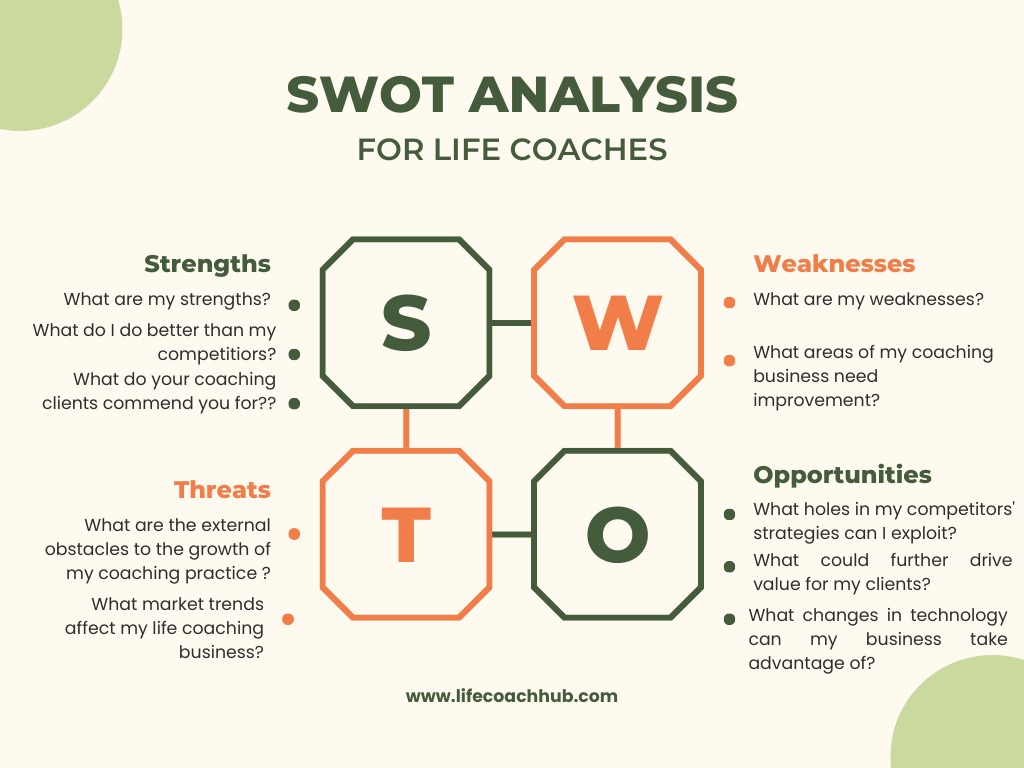
The SWOT analysis may be a simple and basic tool, but once you use it accurately, it can give you a clear direction on where to start in positioning your brand.
The key to establishing your brand is to realize your value and offering as a life coach that answers your prospects’ needs while sending a clear message that specifically targets your dream client.
#4 Engage with your dream clients
Now that you’re almost done prepping up, get ready to roll!
Find out where your dream clients are. Where do they usually hang out? Note that if you completed proper research in Step #2, and discovered vital information about your prospects, this step becomes a walk in the park.
It’s not enough to know that they’re on social media–perform a quick test on what specific platform they are most active on. Also, find where they spend their time away from their office or computers.
Once you discover their whereabouts online and offline, it’s time to meet them and engage! Try to create or share something of value to get their attention and evoke interest.
The power of using lead magnets
There’s no doubt that you want to have a relatively large pool of potential clients, but without an effective marketing technique, there’s only a slim chance that your prospects will lead to conversions - this is where lead magnets play a crucial role.
A lead magnet is any piece of content that initially creates awareness through sharing valuable information. It also sparks an interest that leads your prospects to engage with your product or service.
As a life coach, you can attract your dream client through lead magnets or by giving free content in exchange for your prospects’ information, usually their email address. This free content comes in several forms, it can be a demo, a free trial subscription for a limited time, a discounted offer, and other special promotions. Consistently sharing relevant and valuable insights targeted to your dream client drives their continuous engagement, which can ultimately lead to getting your services.
Here are more powerful techniques you can try for your lead magnet:
- Checklists. A concrete actionable list of vital information gets the interest of your prospects since they’re easy to digest and follow.
- Templates. Anything that helps you to get to your starting point such as an outline or presentation materials.
- Cheatsheets. Shortcuts in a process or procedure that your prospects can simply follow to achieve the desired outcome.
- Toolkit. An in-demand type of content that offers a range of tools proven to support your business.
- Examples. Any content that provides samples of work across industries such as questionnaires and client proposals.
- Planner. An effective way to help your target clients map out their daily to yearly goals depending on their needs.
- Worksheets. An interactive means of giving content to prospects that acts like an exercise after completing a milestone or learning something new.
- Tutorials. A comprehensive means of educating prospects about a process in video or PDF format through a series of steps.
- Printable. If you have the creative flair, use it to your advantage by designing useful lists or blank memo pads through a printable such as a shopping list or travel essentials.
No matter which technique you choose to engage prospective clients, ensure that it is based on what they need, and not what you only like. Also, make it simple and specific for them to understand and readily apply.
#5 Exceed expectations and follow through
You have to elevate the first impression you created and take your dream client to an extraordinarily satisfying experience by consistently exceeding their expectations on how you provide your services - for this reason, starting a relationship is often easier than sustaining it.
When you use a tone of voice that directly speaks to your prospects and presents helpful ways to improve their lives, whether in their career or personal life, sealing the deal won’t be that much of a challenge. However, the real test occurs once they sign up for that deal as you must prove yourself. But leave aside your worries, and instead, put effort into delivering your promise and continuously showing professionalism and outstanding coaching skills.

A coaching relationship, just like any relationship, needs room for open communication to take place while giving sufficient time and attention to nurture it. You have to elevate the first impression you created and take your dream client to an extraordinarily satisfying experience by consistently exceeding their expectations on how you provide your services - for this reason, starting a relationship is often easier than sustaining it.
However overwhelming it may sound, you must not lose sight of your purpose as a life coach, and that is motivating your dream client to progress or change their behavior to reach their goal.
A qualitative study of coaching also reveals how a coach’s insight can shift a client’s perspective from negative to positive, which in turn enables a positive change of behavior. Results show how the respondents significantly enhanced their insights during life coaching, which increased by a factor of 5!

The same study also suggests a sequential pattern arising from the insight gained from their coaches. The insight a client gains goes on to spark goal attainment and behavior changes. After life coaching the following significant changes were observed:
- 93% of respondents experienced goal progress
- 56% of respondents had a change in behavior
- 33% of respondents directly attributed their new insights to coaching.

Through effective coaching, respondents were able to own up to their current challenges and adopt a shift of mindset from a state of discouragement to a position of courage and resilience. This, in turn, led to a change in behavior.
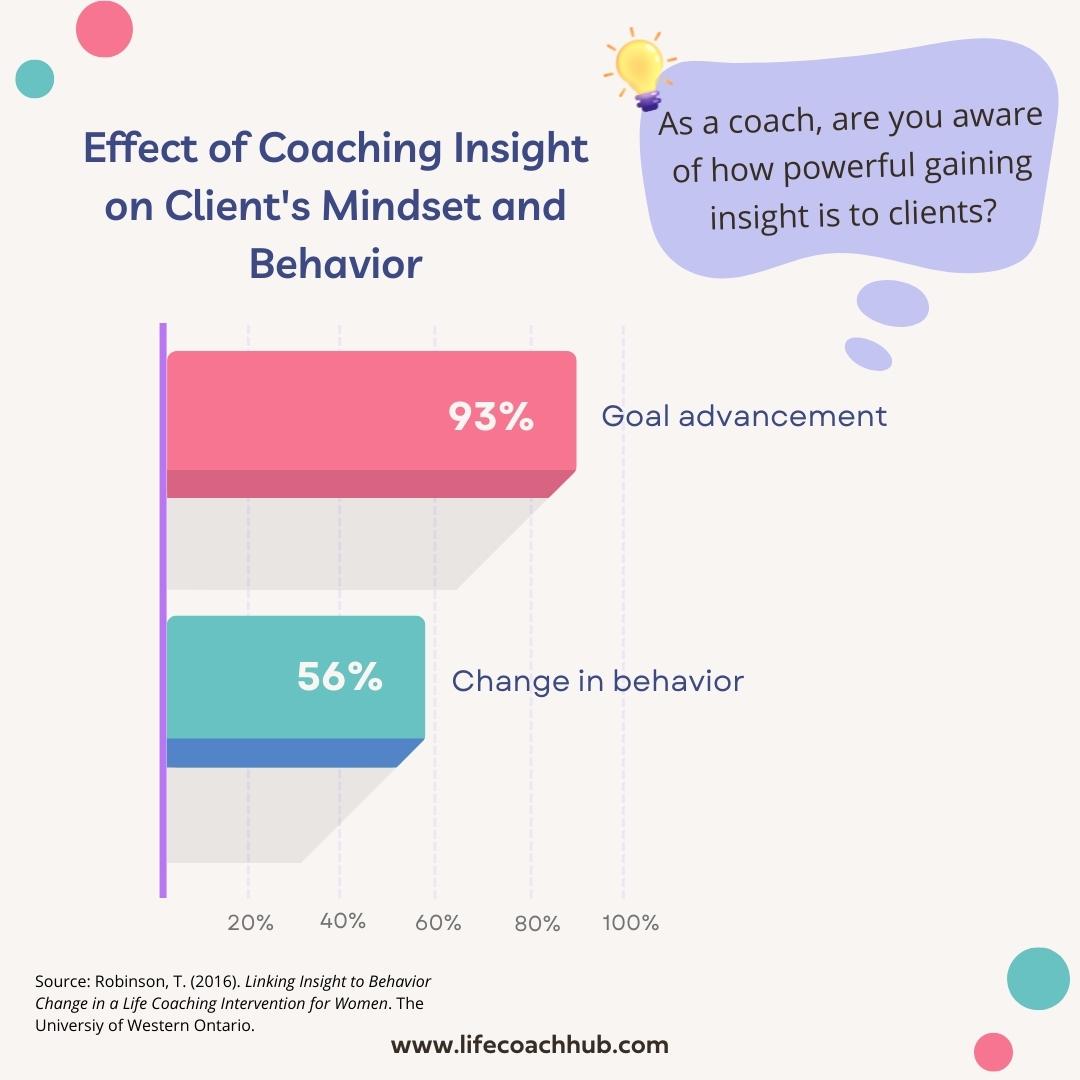
Ideal as it seems, maintaining a mutually beneficial relationship with your dream client is not impossible if you stay honest and open to what’s feasible and what’s not. As their expectations continuously grow, it also pays if you relentlessly build your experience and credentials by upskilling.
Also, as much as you want to accommodate everyone, you must learn to say “no” to those who don’t fit your “dream client category list”. Politely rejecting them is better than being unable to manage your pool of target clients properly.
Accepting beyond what you can handle and those outside your target client’s persona can derail you from your purpose and blur your messaging, affecting your vision and business goals.
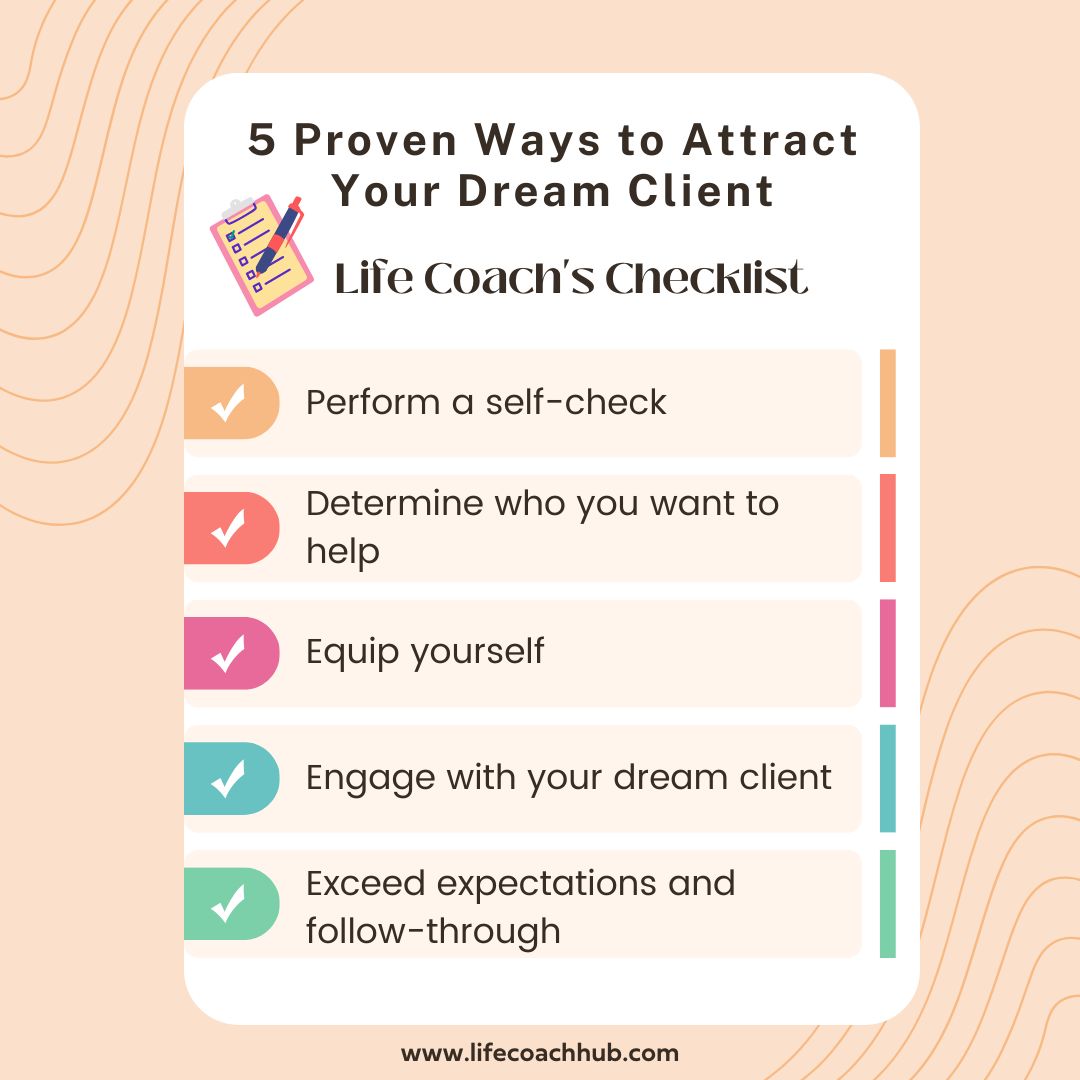
Wrapping up
Attracting your dream client can be an exciting and challenging feat that requires you to go back to basics to find your purpose, visualize your target prospect and create a clear messaging that offers to solve your dream client’s most pressing problem.
To effectively solve their concern, you must ask the right questions to arrive at the real problem. Once you have managed to develop your skills and brand, meet your dream client where they are and effectively deliver your talents while exceeding their expectations.
FAQ
1. How do I attract clients to life coaching?
You can attract clients to life coaching either online or offline. When attracting clients online, many prefer to do it through organic methods like guest blogging, social media, podcasting, email marketing, and engaging with online communities, but it takes time to build your audience. There’s always an option for paid ads, though it’s an expensive way to promote your services. Others use lead services as it attracts clients more quickly and sign up for online directories as a life coach.
While offline techniques such as giving out business cards, creating pamphlets or flyers, and publishing a book are typical, leveraging referrals through friends, former colleagues, and current clients are considered more effective means.
2. How do life coaches get their first clients?
Life coaches get their first clients through different practices. Here are some ways to do it:
a. Creating a low ticket offer.
b. Telling every acquaintance or network that you are a coach.
c. Using your former career/s to promote your new field.
d. Sharing helpful and professional content on social media.
e. Building connections within your niche.
3. How do I reach my ideal clients?
You can reach your ideal clients by properly identifying them and getting to know them better. Here are some methods:
a. Look at your current clients and assess whether you like collaborating with them.
b. Consider your ideal client’s wants, needs, habits, and lifestyle.
c. Determine their aspirations.
d. Find out their fears.
e. Learn their purchase habits.
f. Reflect on what type of client gets you excited to work.
g. Identify your ideal client’s pain points




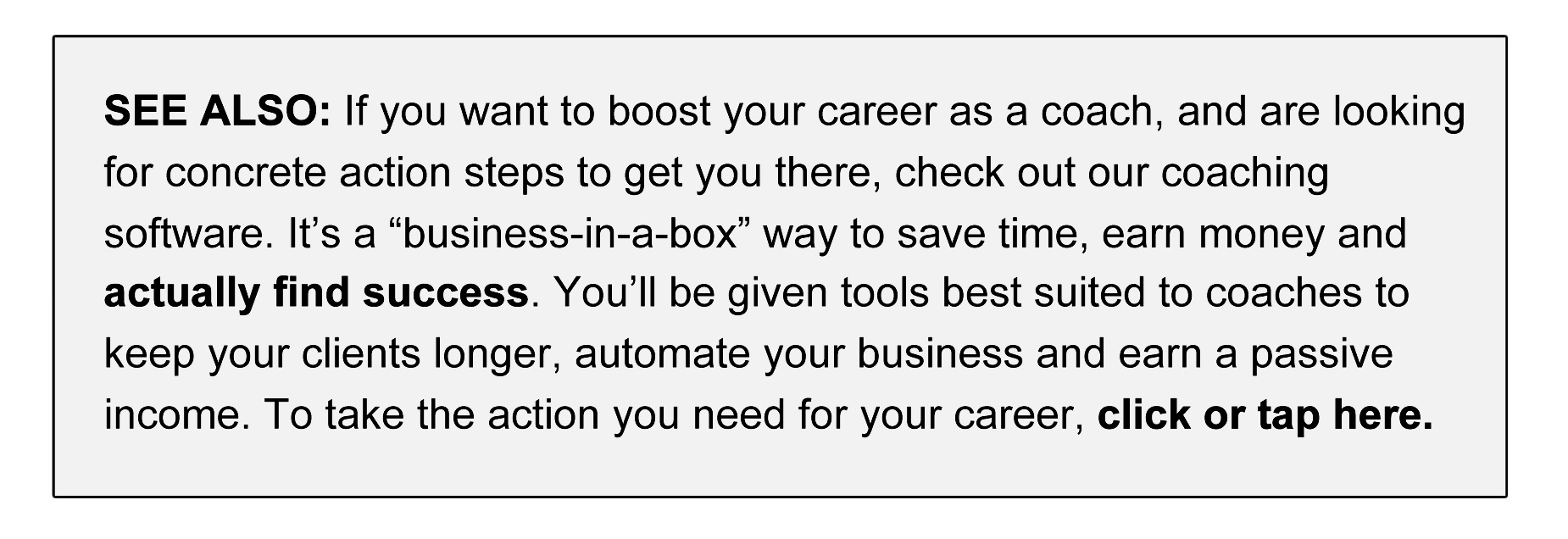



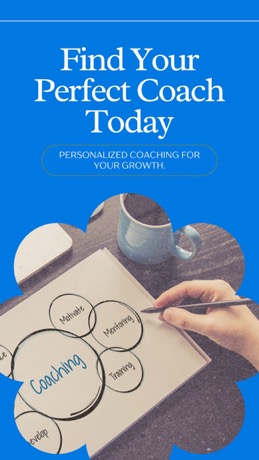











COMMENTS